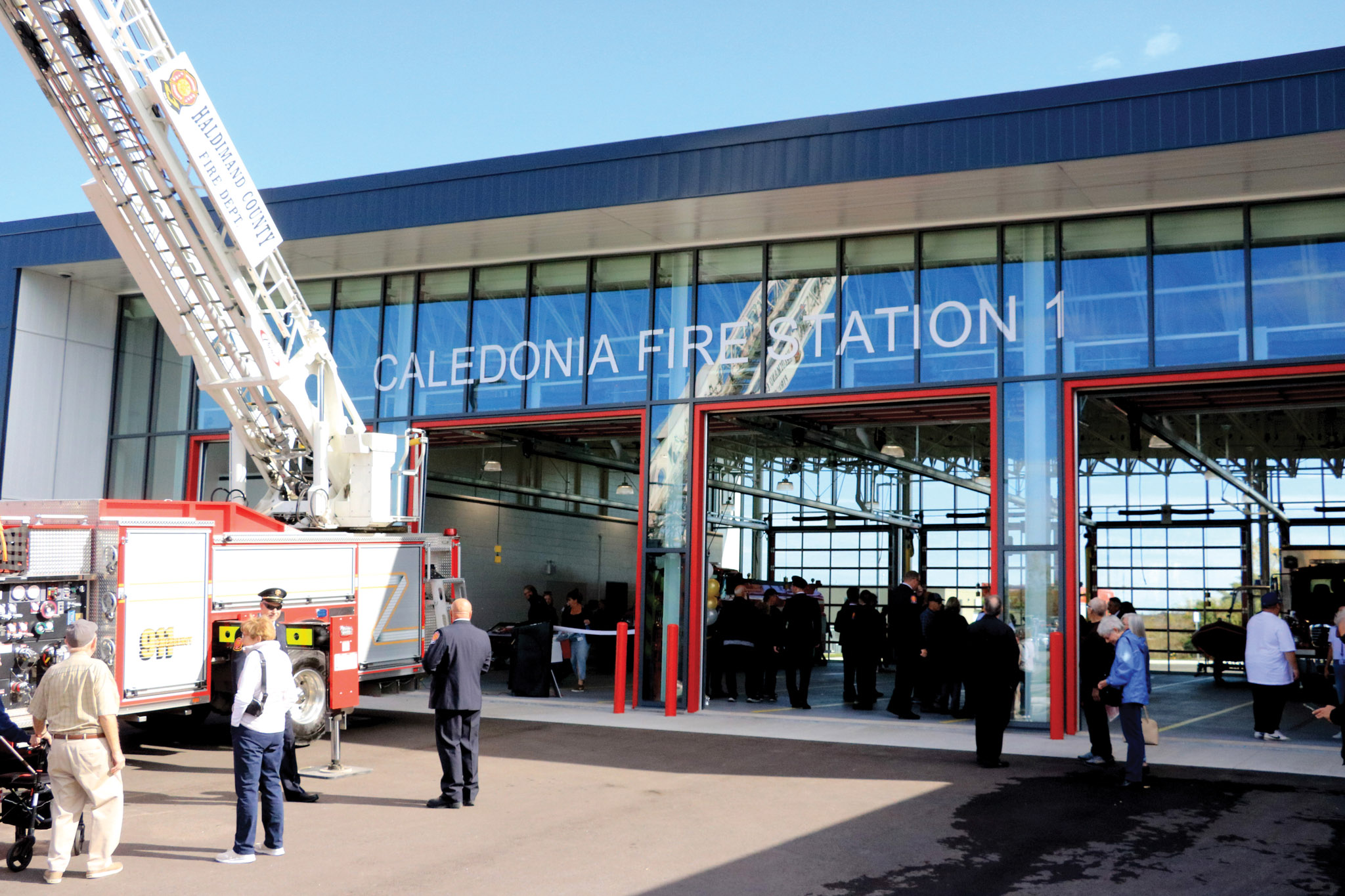By Jeff Rooney
HALDIMAND—Fifty years have passed since the banks of the Grand River could no longer contain its swollen waters and ’The Great Flood’ began.
As the winter snows melted and spring rains descended, the Grand River, usually a tranquil waterway, began to swell beyond its banks.

This was not entirely unexpected; rivers rise and fall with the seasons. However, the scale of the flooding was something few could have anticipated. It became one of the most significant natural events in the region’s history, changing lives, reshaping landscapes, and altering the relationship between communities and the river that winds through them.
May 17, 1974 started out sunny and warm. It deceived people who were “unaware of the approaching catastrophe,” according to Judge W.W. Leach, who presided over a provincial inquiry into the flood. When the rain came, there was little that could be done, because the reservoirs were already full. According to the inquiry, warnings were sent, but they didn’t get through to everyone affected.
By 7 p.m. the Grand was rushing through downtown Galt at a rate of 1,490 cubic metres per second, a flow that has yet to be surpassed. The summer low flow is only 15 m3/s. Dikes gave way in Bridgeport and Brantford. Floodwaters also engulfed parts of Paris, Caledonia, Cayuga, and Dunnville.
Grand River artist Homer Watson (1855-1936), a conservationist and a celebrity of his time, ominously noted, “Year after year the forest was spoiled to furnish food for the saw.” The result was a ruinous waste to have brought down the great “cloud-cleaving pines.” This brought floods that he saw as nature’s vengeance.

The removal of up to 95% of the trees in the Grand River watershed by the end of the 19th century was a contributing reason for severe floods and the formation of the Grand River Conservation Authority in the 1930s. Communities, individuals, and the GRCA have planted trees each spring to improve the health of the landscape.
A heartwarming aspect of the flood was the incredible unity and community spirit it fostered. People from all walks of life came together to support each other. There were countless acts of kindness, from families opening their homes to those evacuated to volunteers filling and stacking sandbags for days on end. This spirit of cooperation became a silver lining, highlighting the communities’ resilience and compassion.
Adversity often breeds innovation, and this situation was no exception. Faced with the challenge of communicating amidst the chaos, residents and emergency services devised creative solutions. From ham radio operators volunteering their skills to maintain lines of communication, to the use of boats for delivering supplies to isolated areas.
The flood served as a stark reminder of nature’s power. At its peak, the water levels reached unprecedented heights, inundating homes, businesses, and farmlands. The force of the water was so strong that it caused significant erosion and damage to infrastructure, including bridges and roads. This event led to a greater awareness and respect for the river’s might and the importance of respecting natural boundaries.
The Grand River Conservation Authority (GRCA) manages water and other natural resources on behalf of 38 municipalities and close to 1 million residents of the Grand River watershed.
In the years following the flood, the GRCA played a pivotal role in transforming the river’s management. Investment in dam and reservoir construction was accelerated, aimed at controlling the river’s flow and reducing the likelihood of future flooding. These changes have since protected the communities along the Grand River, making the 1974 flood a catalyst for positive environmental and infrastructure developments.

“We have 50 stream flow gauges and 30 rain gauges which help us monitor conditions, help to operate the infrastructure (reservoirs, etc.), and communicate when necessary in a timely fashion,” said Vahid Taleban, Manager of Flood Operations for the GRCA.
In the 50 years since the ‘74 flood, with the advancements in communication, the ability to alert the public has vastly improved.
Taleban said, “We work with flood forecasting and warning systems, and work closely with a ‘flood coordinator monitoring network’ administered by municipalities whose task it is to alert the public to local concerns of river rain flooding potential.”
The Grand River serves as a constant reminder of the delicate balance between nature and humanity. The flood of 1974 remains a significant part of the river’s history, underscoring the importance of preparedness, respect for nature, and the enduring strength of community bonds.
For information on floods locally, visit haldimandcounty.ca/floods.





